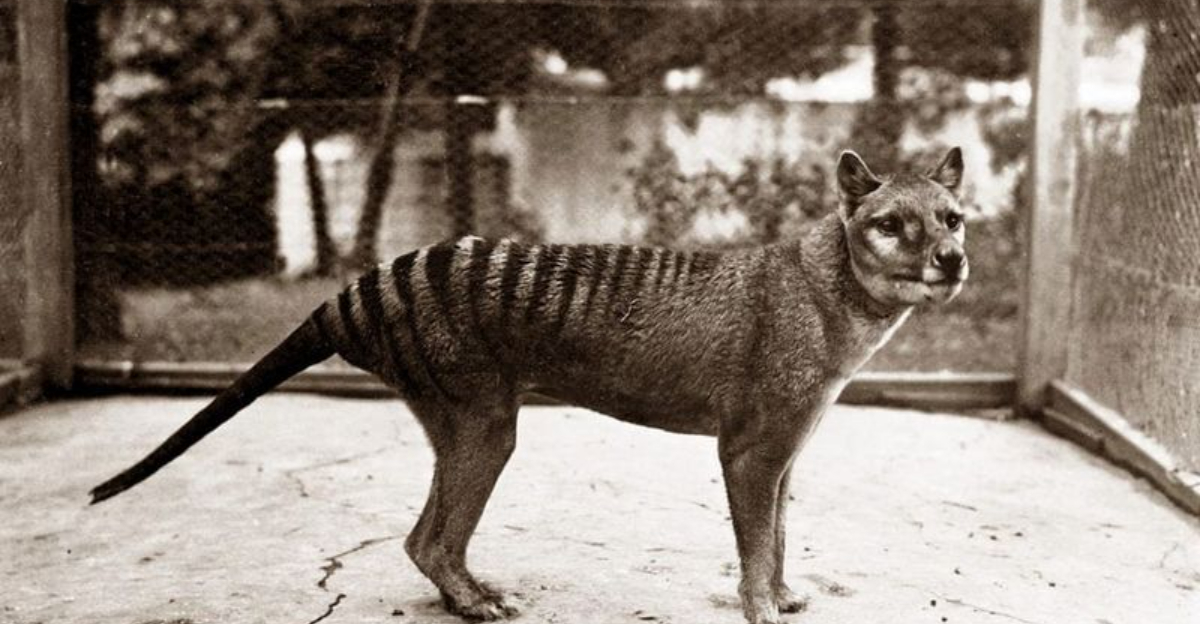Human activities have had profound effects on the natural world, leading to the extinction of numerous species that once thrived on our planet.
This article explores 13 unique species that have been lost forever due to factors such as habitat destruction, overhunting, and environmental changes caused by humans.
Through understanding these losses, we hope to highlight the importance of conservation efforts and inspire action towards preserving the biodiversity that remains.
1. Passenger Pigeon
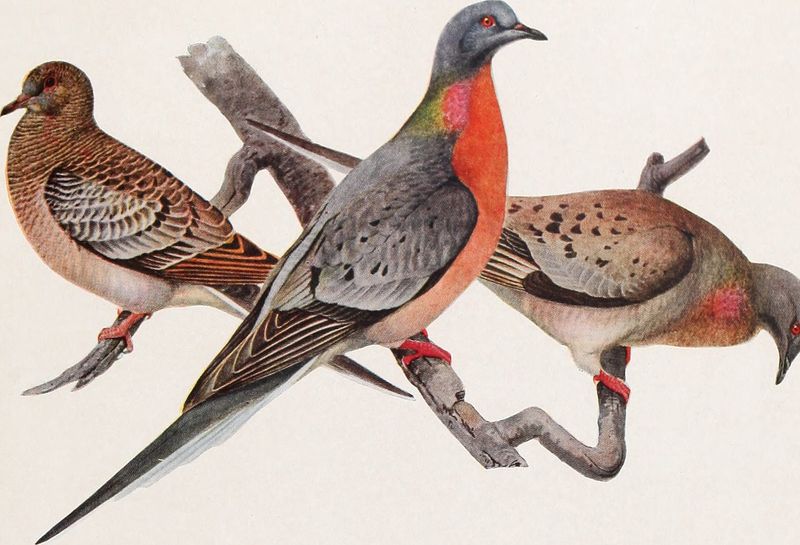
Once the most abundant bird in North America, the Passenger Pigeon was driven to extinction by the early 20th century. These birds, known for their migratory patterns and massive flocks, were hunted extensively for food. The deforestation of their habitat further exacerbated their decline.
Despite their adaptability, Passenger Pigeons could not withstand the relentless hunting pressures. Their extinction serves as a stark reminder of how human activities can rapidly deplete natural resources.
The last known Passenger Pigeon, named Martha, died in captivity in 1914. Their story underscores the need for sustainable practices and the protection of wildlife habitats.
2. Tasmanian Tiger (Thylacine)
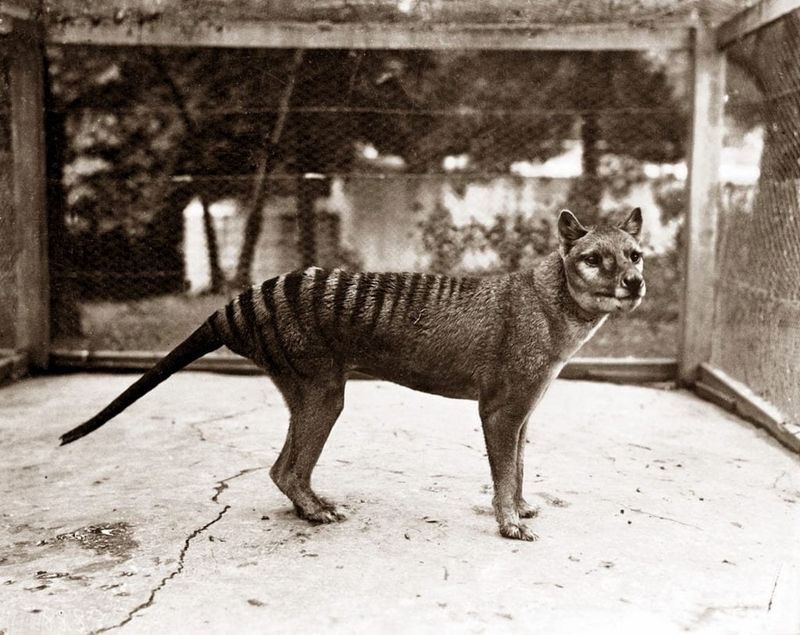
Native to Tasmania, the Thylacine, or Tasmanian Tiger, was a carnivorous marsupial with a striking resemblance to a wolf. It fell victim to hunting, disease, and habitat destruction after European settlers arrived.
Efforts to protect the Thylacine came too late, with the last known individual dying in a zoo in 1936. This extinction highlights the impacts of invasive human activities on native species.
The Thylacine’s extinction has since fueled curiosity, with reports of sightings continuing. Yet, it remains a poignant lesson in conservation.
3. Dodo
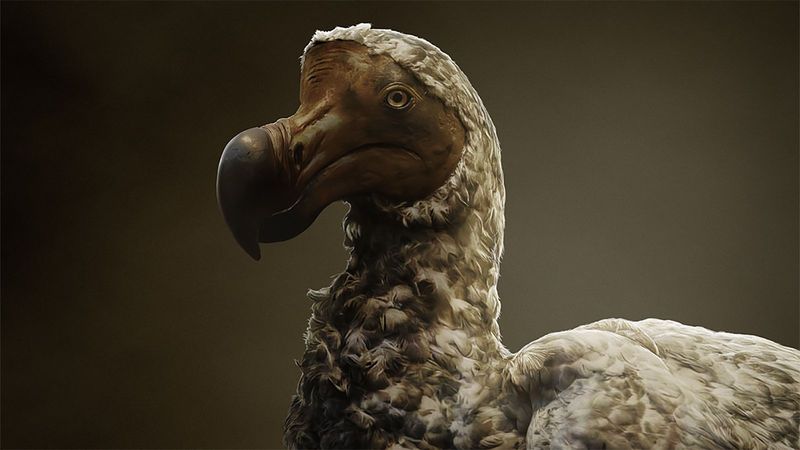
The Dodo, a flightless bird native to Mauritius, is one of the most famous examples of human-induced extinction. It vanished in the late 17th century, just decades after humans discovered its island home.
The introduction of invasive species, coupled with hunting by sailors, sealed the Dodo’s fate. Its extinction is a lesson in the fragility of isolated ecosystems.
Today, the Dodo symbolizes the irreversible impact humans can have on the environment, sparking awareness in conservation efforts worldwide.
4. Great Auk
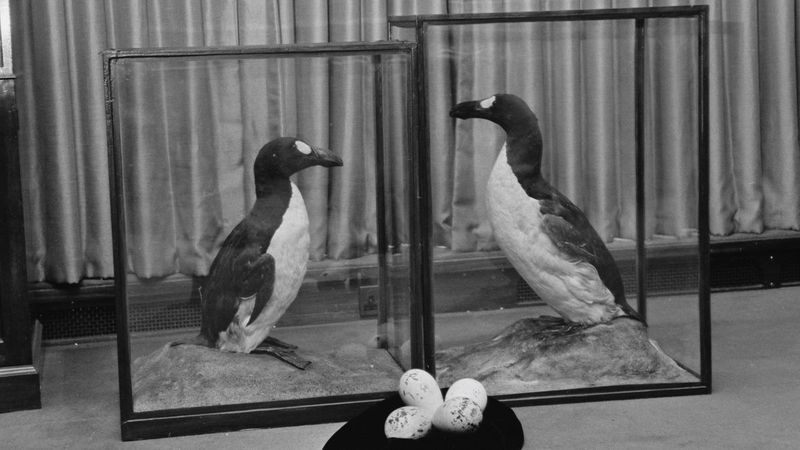
The Great Auk was a large, flightless bird that inhabited the North Atlantic coasts. Once plentiful, it was hunted to extinction in the mid-19th century for its feathers, meat, and oil.
The bird’s inability to fly made it an easy target for hunters, leading to its rapid decline. Its story reflects the consequences of unsustainable exploitation of wildlife.
The Great Auk’s extinction serves as a crucial reminder of the need for responsible stewardship of our natural resources.
5. Baiji Dolphin
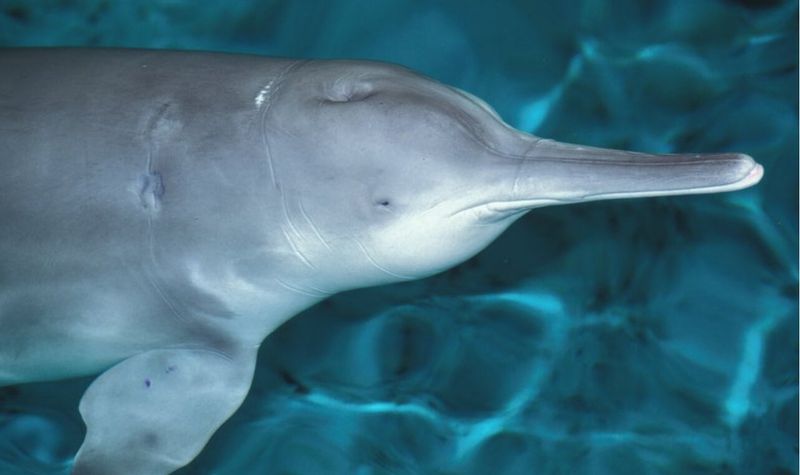
Native to China’s Yangtze River, this dolphin was known for its shy nature and unique snout. Industrialization and pollution devastated its habitat, leading to its extinction in the early 21st century.
The construction of dams and relentless boat traffic further threatened its existence. Despite conservation efforts, the last confirmed sighting was in 2002.
The Baiji’s disappearance highlights the urgency of addressing environmental threats and preserving aquatic ecosystems.
6. Caribbean Monk Seal
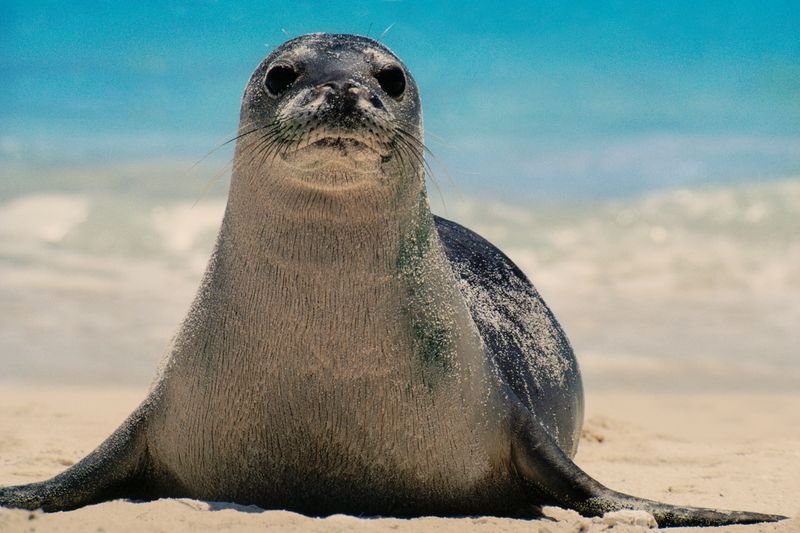
The Caribbean Monk Seal, once found throughout the Caribbean, faced extinction due to overhunting and habitat loss. By the mid-20th century, it was declared extinct.
These seals were hunted extensively for their oil, and their beach habitats were disrupted by human development and tourism.
Their loss emphasizes the importance of protecting marine environments and regulating human activities along coastlines.
7. Pyrenean Ibex
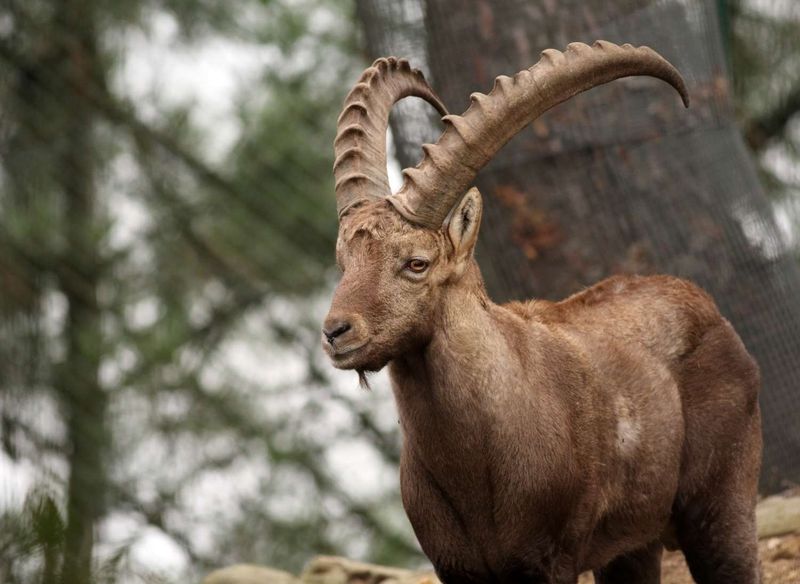
This wild goat species roamed the Pyrenees mountains between France and Spain. It became extinct due to hunting and competition with domestic livestock.
The last known individual passed away in 2000, despite attempts to clone the species. This extinction reflects challenges in conserving genetically viable populations.
Preserving biodiversity requires proactive measures and the integration of technology with conservation strategies.
8. Javan Tiger
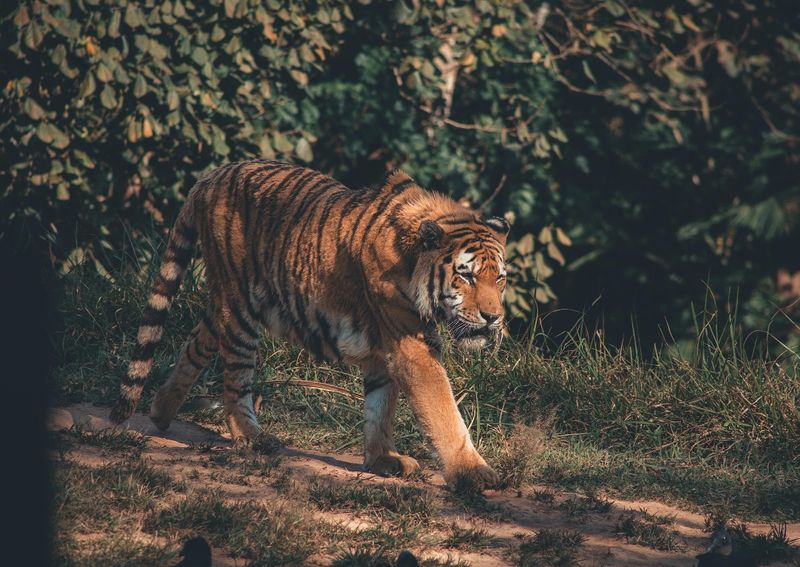
The Javan Tiger, native to the Indonesian island of Java, was driven to extinction by the 1970s due to deforestation and hunting.
The expansion of agriculture and human settlements destroyed its habitat, while poaching further diminished its numbers. Conservation efforts were thwarted by political instability.
Their extinction urges us to prioritize habitat conservation and enforce laws against poaching.
9. Steller’s Sea Cow
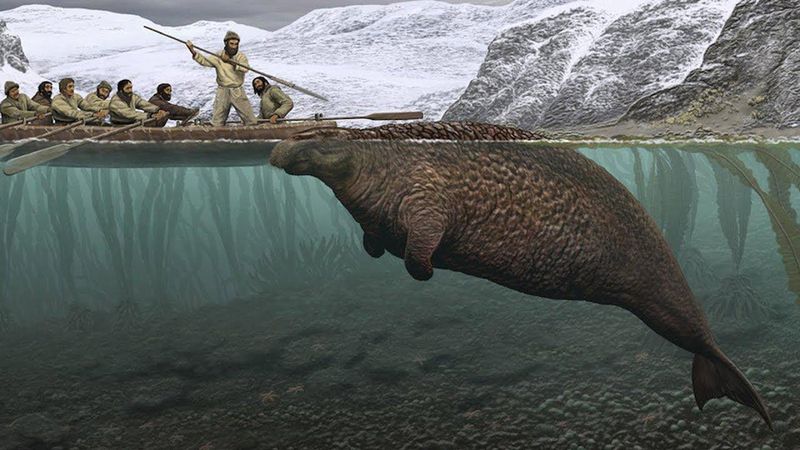
Steller’s Sea Cow, a massive marine mammal, was discovered in the 18th century near the Commander Islands. It was hunted to extinction within 27 years of discovery.
These gentle giants were an easy catch due to their slow movements and lack of fear of humans. Their extinction underscores the need for sustainable marine practices.
Protecting marine biodiversity is essential to prevent future losses like Steller’s Sea Cow.
10. Pinta Island Tortoise
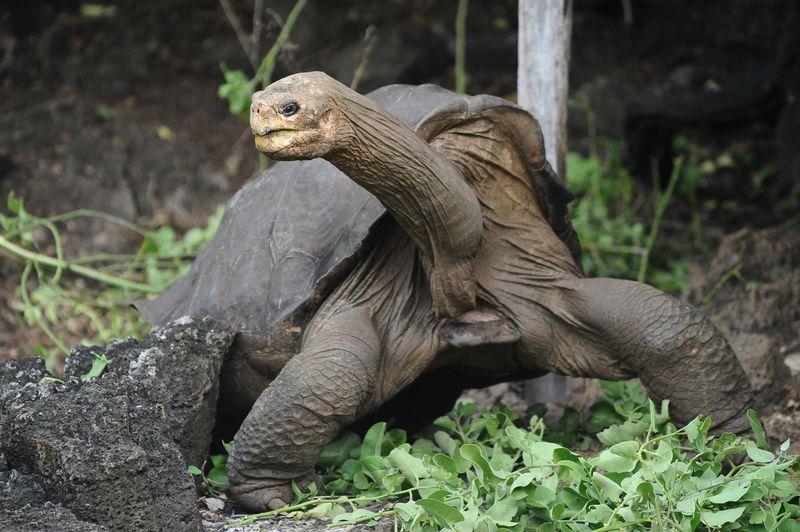
The Pinta Island Tortoise, native to the Galápagos Islands, became extinct with the passing of Lonesome George in 2012. It suffered from overexploitation and introduced species.
Conservation efforts came too late to save George’s species, highlighting the challenges of protecting unique island ecosystems.
This extinction serves as a call to action to prevent similar losses by fostering global conservation initiatives.
11. Golden Toad
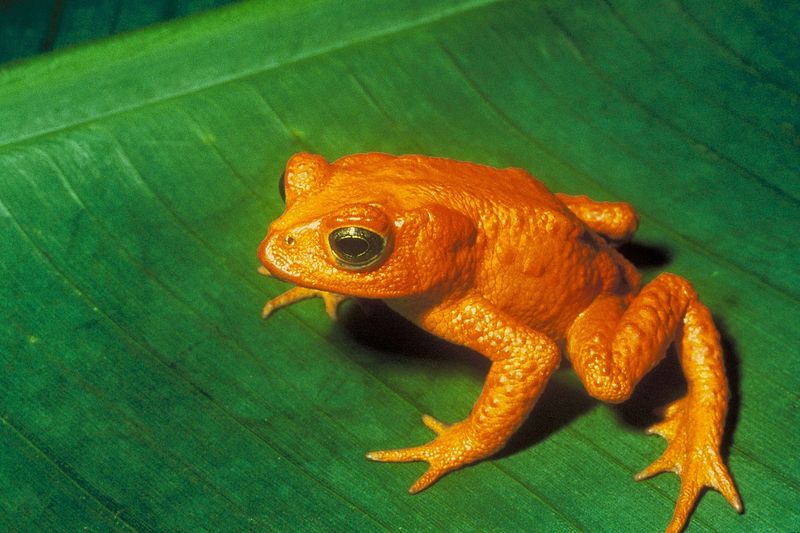
Once found in Costa Rica’s cloud forests, this toad vanished in the late 1980s. Climate change and habitat destruction are believed to be responsible for its extinction.
Its disappearance underscores how environmental shifts can drastically affect species survival. The Golden Toad’s story emphasizes the need for climate action.
Preserving habitats and addressing climate change are crucial for preventing further extinctions.
12. Heath Hen
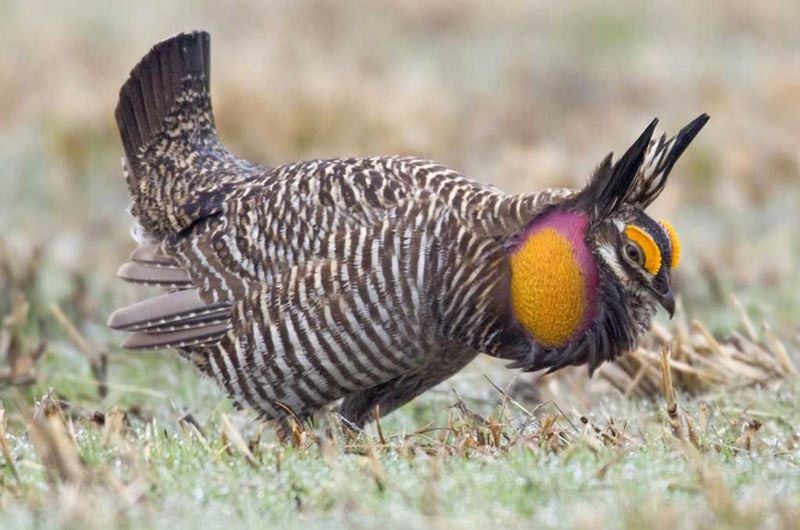
The Heath Hen, a type of grouse, inhabited the eastern United States. It went extinct in the early 20th century due to hunting and habitat destruction.
Efforts to protect the bird failed, partly due to natural disasters like fires. The last Heath Hen, named Booming Ben, passed away in 1932.
This extinction reminds us of the importance of timely conservation actions and the vulnerability of species to multiple threats.

